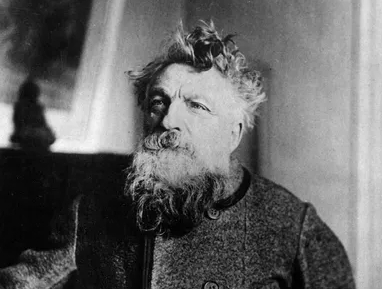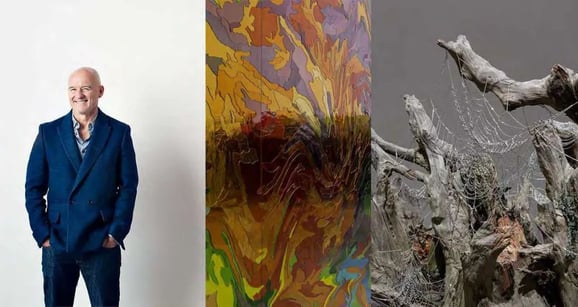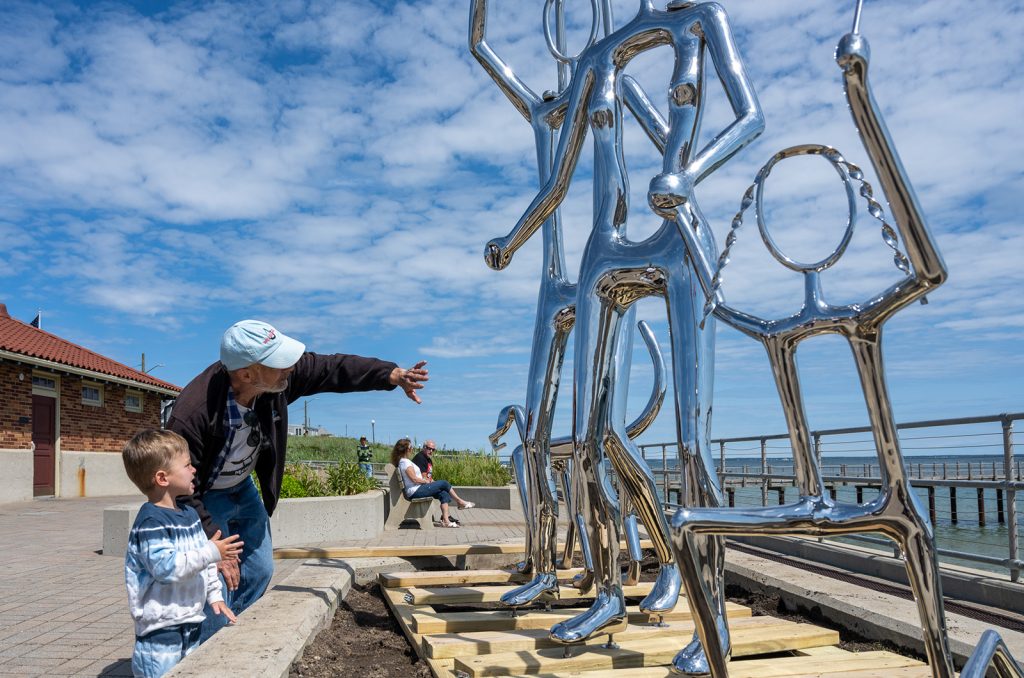The Master of Emotion: Exploring the Depths of Auguste Rodin’s Sculpture
Auguste Rodin remains one of the most influential figures in the world of sculpture, known for his ability to convey deep emotions through stone and bronze. His works bridge the gap between traditional forms and modern expression, making them relevant pieces in today’s art conversations. This article delves into the emotional depth in Rodin’s sculptures and why they continue to captivate audiences.
The Emotional Language of Sculpture
Rodin’s ability to evoke emotion is one of his signature traits. He often infused his sculptures with a raw intensity that reflects human experiences—love, anguish, and despair. Works like “The Kiss” and “The Thinker” encapsulate complex feelings, allowing viewers to connect with the figures on a personal level. Rather than merely portraying physical forms, Rodin strived to capture the essence of human emotion, making his work resonate far beyond the confines of time and culture.
Innovative Techniques and Approaches
Rodin’s techniques set him apart from his contemporaries. He often explored the interplay of light and shadow, bringing textures to life and adding a dynamic quality to his pieces. His use of variation in surface treatment, from smooth to rough finishes, invites the viewer to engage with the artwork in multiple ways. Furthermore, Rodin’s method of leaving certain parts of his sculptures unfinished was revolutionary, adding an element of spontaneity and highlighting the creative process. This approach not only showcases his artistic intent but also encourages the audience to fill in the gaps with their own interpretations.
Legacy and Influence
Rodin’s impact on the art world extends far beyond his lifespan. His emotional approach and innovative techniques have influenced generations of artists, paving the way for modern and contemporary sculpture. Notably, his emphasis on conveying human emotion has inspired painters, photographers, and digital artists. Institutions like the Rodin Museum in Paris continue to celebrate his legacy, offering insights into his life and work. Those interested in art history or sculpture can gain valuable lessons from Rodin’s approach, reminding us that art is a reflection of human experience.
In conclusion, Auguste Rodin’s sculptures serve as a powerful testament to the emotional capabilities of art. By exploring the depths of human feelings through innovative techniques, he created works that resonate with audiences even today. To learn more about this extraordinary artist and his masterpieces, consider visiting a local museum or exploring his works online. Embrace the emotional journey that Rodin’s art offers and discover the timeless stories within his sculptures.


